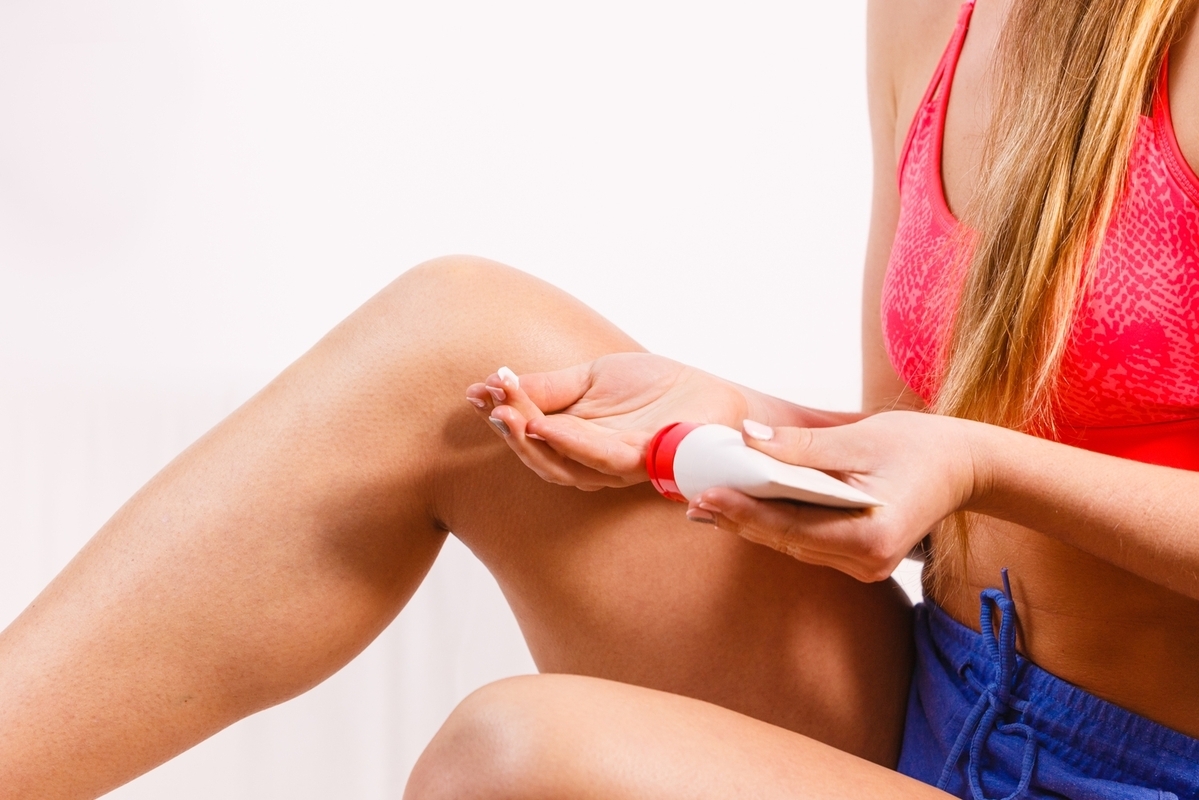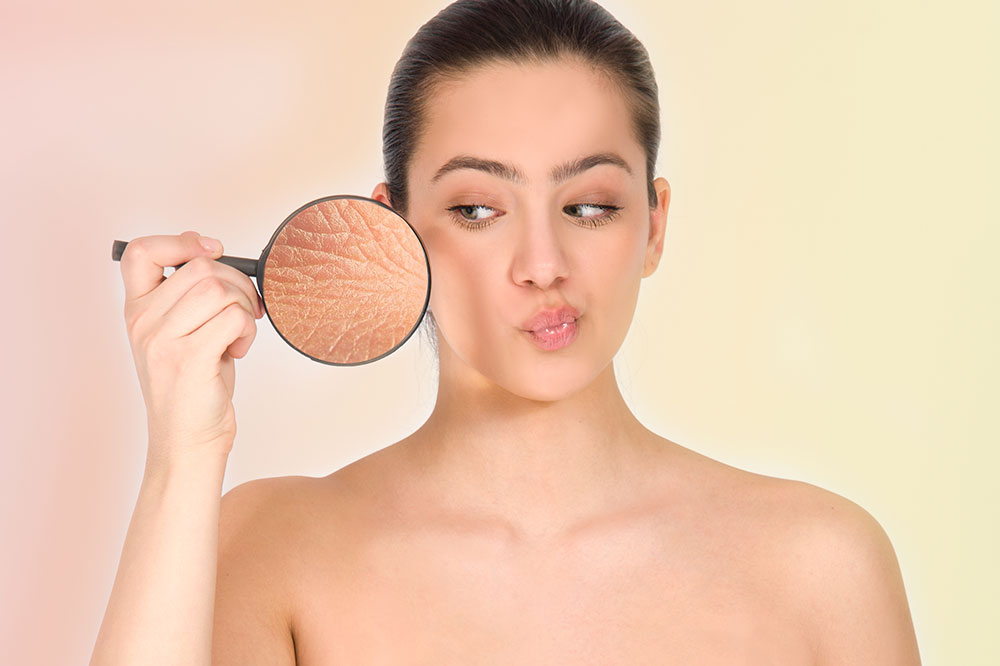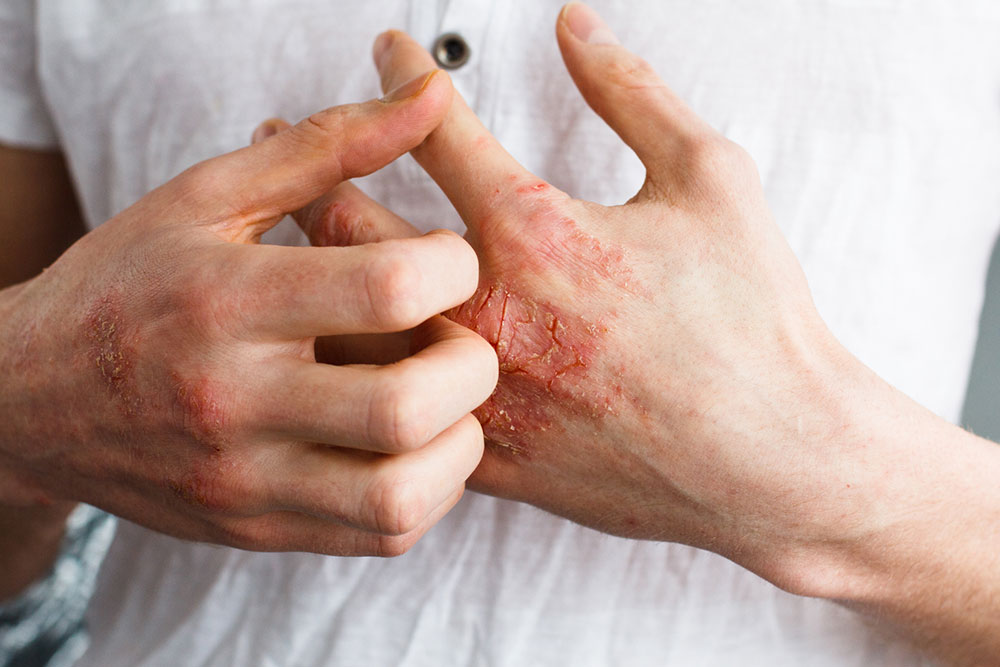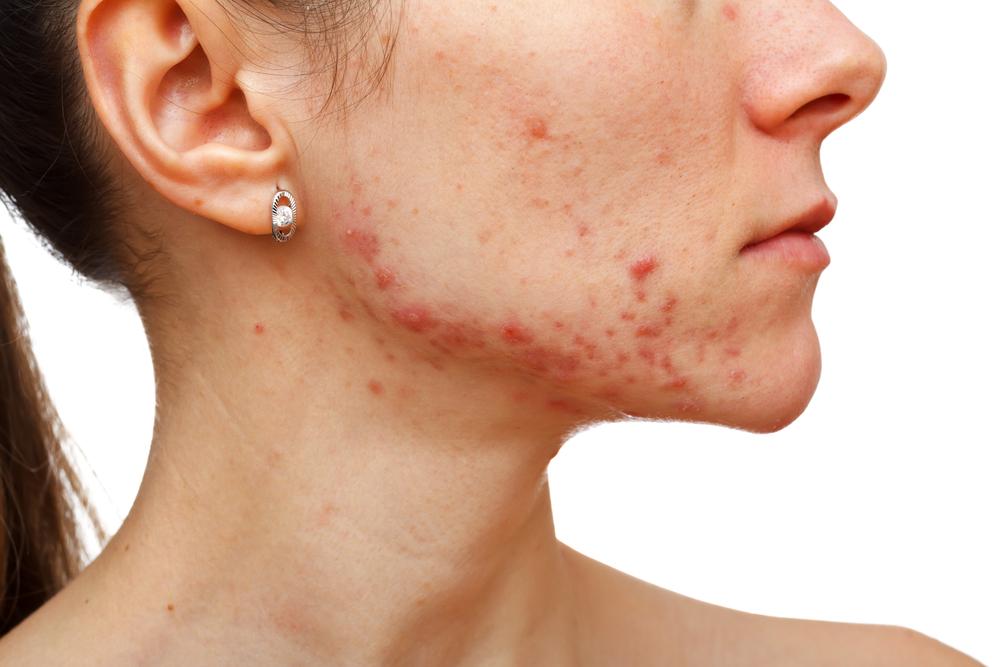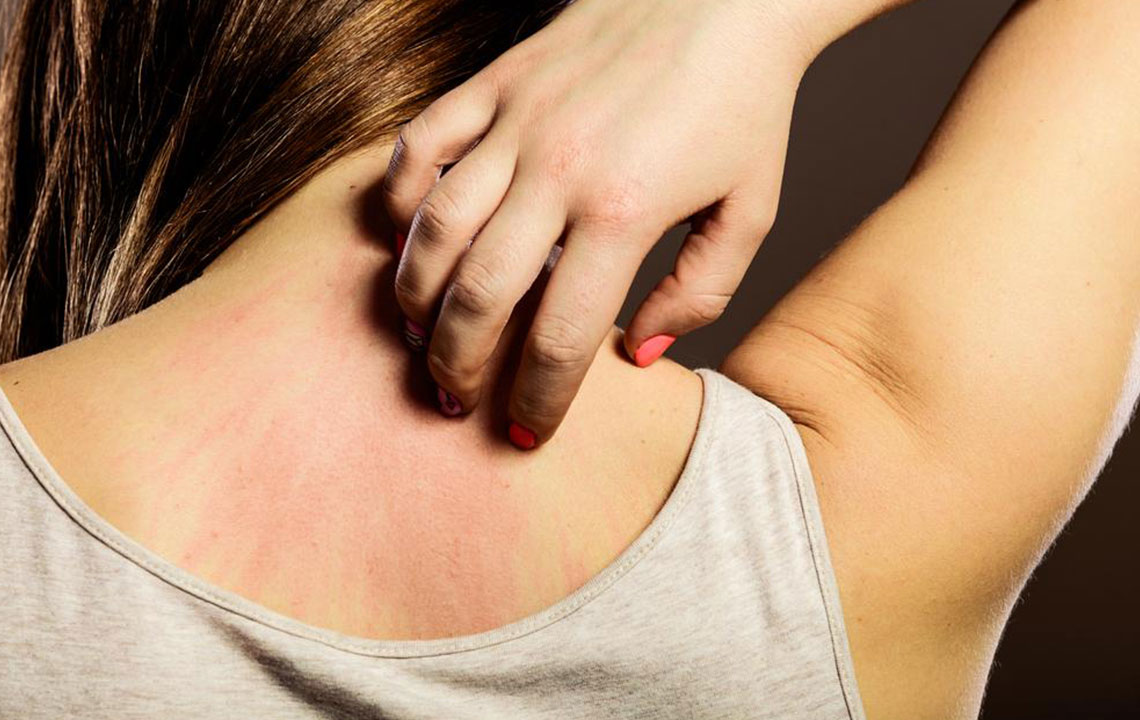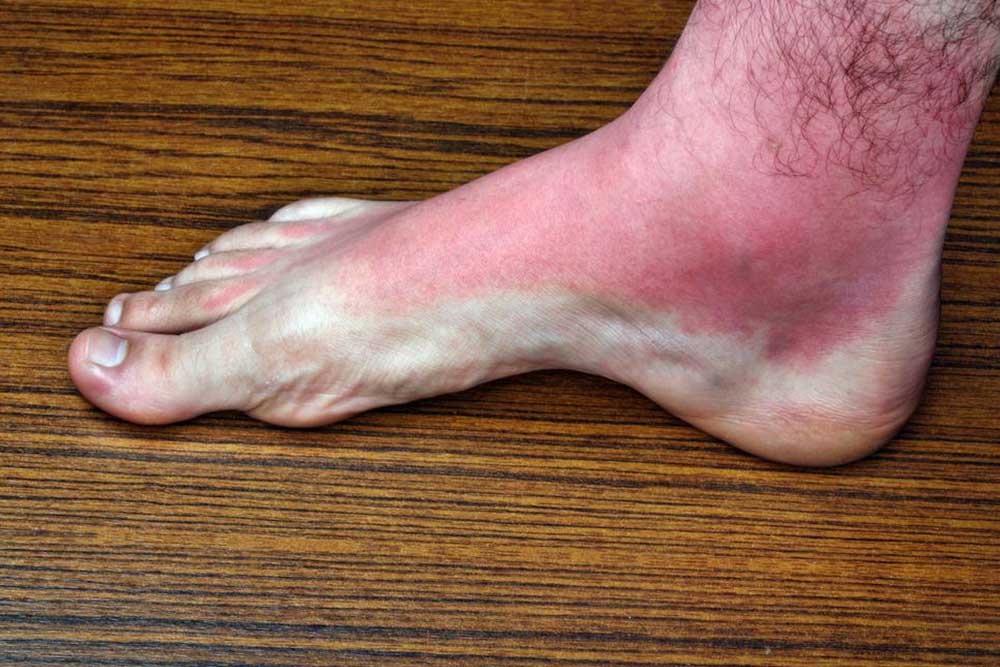Understanding the Most Common Skin Bumps and How to Recognize Them
This article explores the different types of skin bumps, including acne, cysts, warts, and more. It provides insights into their appearance, causes, and when to seek medical attention. Recognizing early signs can aid in effective treatment and skin health maintenance. Consultation with healthcare professionals is advised for persistent or concerning skin lesions.
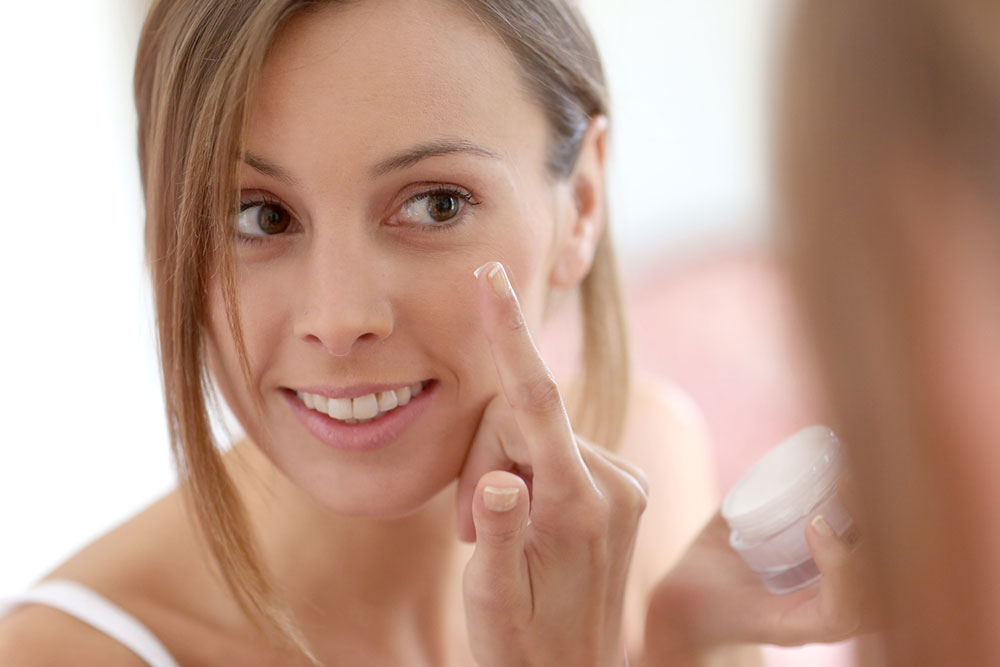
Understanding Common Skin Bumps and How to Recognize Them
Skin bumps are typical across all age groups and can arise from factors such as hormonal changes, health conditions, or clogged pores from sweat or bacteria. While acne is the most familiar type, many other skin bumps may be less known. Recognizing their appearance, causes, and types can aid in early detection and appropriate treatment to maintain skin health.
Common Types of Skin Bumps and How to Distinguish Them
1. Acne - Caused by blocked pores and excess oil, acne often appears on the face, neck, chest, shoulders, or back. Smaller lesions are usually painless, but larger ones can be sore, red, swollen, and itchy during healing.
2. Blackheads and Whiteheads - Non-inflammatory bumps resulting from dead skin cells or sebum clogging pores, these don't cause irritation and can be managed with regular skincare routines.
3. Pimples - Inflamed lesions caused by bacterial infection, pimples are painful, can be filled with pus, and require gentle treatment to prevent scarring.
4. Raised Lesions (Papules) - Hardened bumps under 1 cm, papules form from severe inflammation, often painful to touch, and can result from cysts, eczema, or clogged pores.
5. Pus-filled Bumps (Pustules) - These resemble pimples but contain pus, are red, and may have yellow or white centers, often linked to infections or skin conditions like folliculitis.
6. Deep Clogged Growths (Nodules) - Firm, larger bumps under the skin surface, nodules often require medical attention and can take months to heal.
7. Fluid-filled Bumps (Cysts) - Soft, skin-colored lumps larger than pimples, cysts may become infected, turn red or violet, and benefit from early treatment to prevent scarring.
8. Skin Tags - Small flesh-colored growths hanging on a stalk, typically painless, found in skin folds like neck or armpits, often removed surgically if bothersome.
9. Milia - Tiny white bumps around the cheeks, nose, or eyes, common in infants, usually fade over time without treatment.
10. Cholesterol Deposits (Xanthelasma) - Yellowish flat patches near eyelids, indicating high cholesterol levels, treatable with laser or surgical procedures.
11. Warty Growths (Seborrheic Keratosis) - Waxy, rough brown spots that tend to appear in sun-exposed areas, benign but should be checked by a doctor for proper management.
Recognizing various skin bumps helps in early intervention and effective management. Consulting a healthcare professional for an accurate diagnosis is recommended for persistent or concerning lesions.

